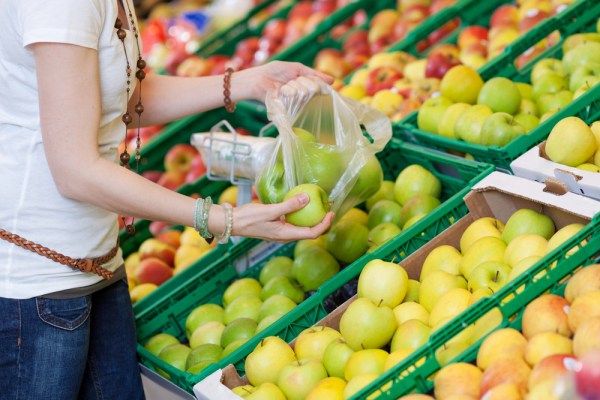By the time you read this, you will be aware of the U-turn our food system is making to find new, personalized, localized ways to your plate. Last year was a bellwether year for food systems, specifically food distribution systems. In 2016, the traditional method of delivering food from farms to tables is going to shift to include new players, more technology and shocking transparency.
The recent revelations about Chipotle’s supply chain and the sourcing of chocolate for Mast Brothers Chocolate have elevated the complexities about how companies can appear both big and small at the same time. Chipotle advertised its local, small producers and Mast told customers they were a true bean-to-bar chocolate company. But both companies have had to face issues traditionally belonging to large industrial food companies — those of food safety and transparency at scale.
Food businesses now recognize that customers want to know where their food comes from, but the realities of being a sustainable business in growing markets suggest these companies will have to be more creative to deliver the real thing. A marketing strategy does not make realities on the ground any easier. 2016 will reveal how smallness meets the challenge of scale. We’ll see food companies working to achieve an efficient, industrial system that is also transparent and sustainable.
2015 also brought us new food logistics — food is having its “Uber moment.” Personal shoppers, third-party delivery such as Instacart, new services such as UberEATS and more created a scramble for the last mile, that most expensive and critical distance between a distribution center and the customer.
UPS, FedEx the USPS — even Amazon and Google — are filling our highways, fueled by the Fear Of Missing Out, scrambling for faster, more personal food delivery. This will be an even more crowded race in 2016, as everyone with wheels or a novel way of transporting food will pile on until economies of scale and value to customers becomes more apparent.
Not only have delivery services surged onto our roads, but new food delivery platforms are entering the food logistics landscape. Notice that the big players like Costo, Target and Walmart are all testing new formats, such as lockers and drive-through options, to address consumers’ need for delivery where and when they are. Even Waffle House is searching for ways to play in the shared economy to deliver packages and, one assumes, food. Everyone is seeking a better solution for the traditional distribution center or food hub.
Old-school food logistics are ripe for transformation.
The big players, such as Sysco, had a troubled year in 2015. With the slow economic growth and low interest rates, large companies chose to merge and consolidate resources in order to maintain shareholder value. Sysco opted to merge with US Foods; however, government anti-trust regulators blocked their deal in spite of Sysco’s efforts to sell off various units.
The merger of SABMiller and InBev, initiated in 2015, also reveals how these industry tie-ups might change the trend toward small, personalized food (craft beer in this case), when conglomerates or holding companies control so much of the supply chain.
Some food companies, such as Kraft and Heinz, were able to double down on resources to create Kraft Heinz. Expect more of this agglomeration — at least until the November election, when the economy may, or may not, take a turn.
Last year also was a time for those who have made their reputations by selling organic and other “good” foods to lose market share to bigger, more commodity-type players. Walmart, Costco and other grocery chains are using their supply chain efficiencies to source more organic foods at lower costs to existing customers, along with those who want both lower costs and healthy food in one shopping experience.
Watch for more jockeying for brand differentiation among grocery chains that are taking customers from Whole Foods and those who can still find a way to service customers who want personalized, more mission-oriented buying experiences.
But while grocery chains struggled to maintain their customer base, they also were challenged by the growth of consumers who are now searching for fresher, more sustainably raised produce and fresh meat and seafood. The center of the grocery store will be the next to transform, and supply chain disruption will play a greater role in determining new store layouts.
Be prepared for your grocery store to add more value and services in an effort to compete with emerging online food players like Amazon Fresh. Meanwhile, new players, like non-food delivery businesses, will expand to offer food delivery. Would you stop at your dry cleaning service to pick up food from your personal locker delivered from your grocery store?
Way back in 2013, Jeff Bezos of Amazon mentioned drones as a delivery vehicle. By 2015, both Google and Amazon meant business when it came to package delivery. In 2016, you may begin to see those packages containing food items. Maybe.
All that happened in 2015 suggests that 2016 will begin to show us how our food distribution and delivery systems may look by 2020 and beyond. The ground has been primed for new players, new technology and a new landscape for how food moves from farm to plate. Old-school food logistics are ripe for transformation. Fasten your seatbelt.
